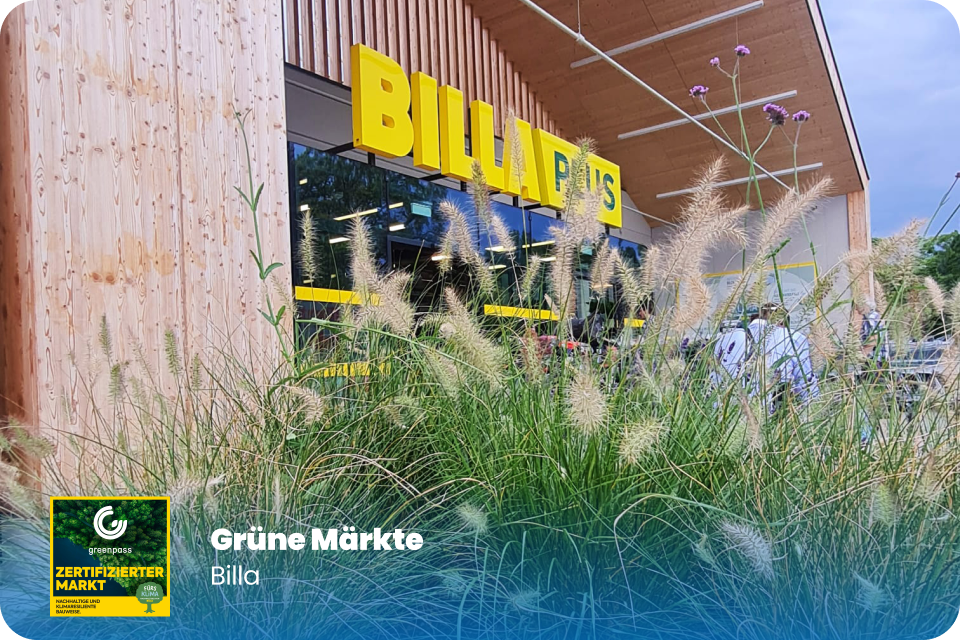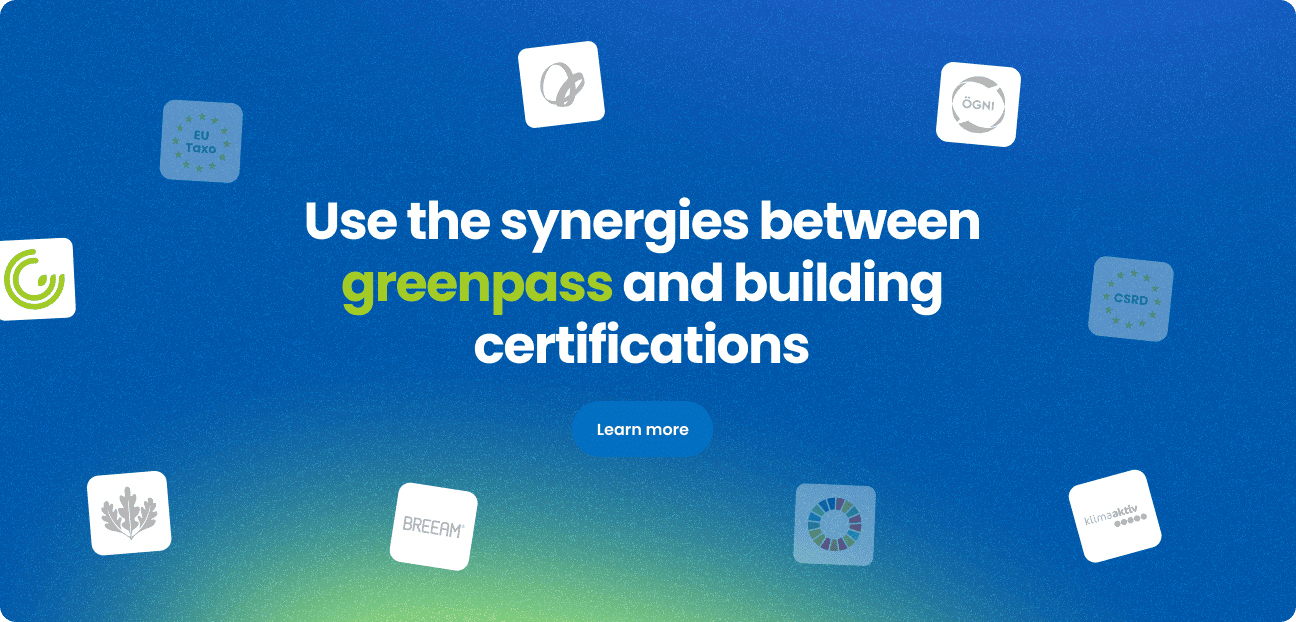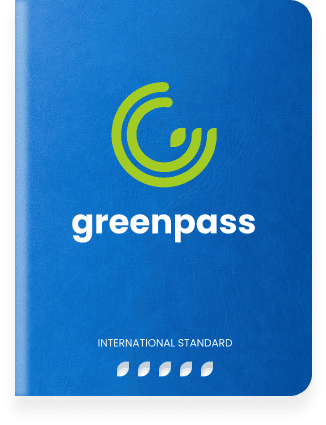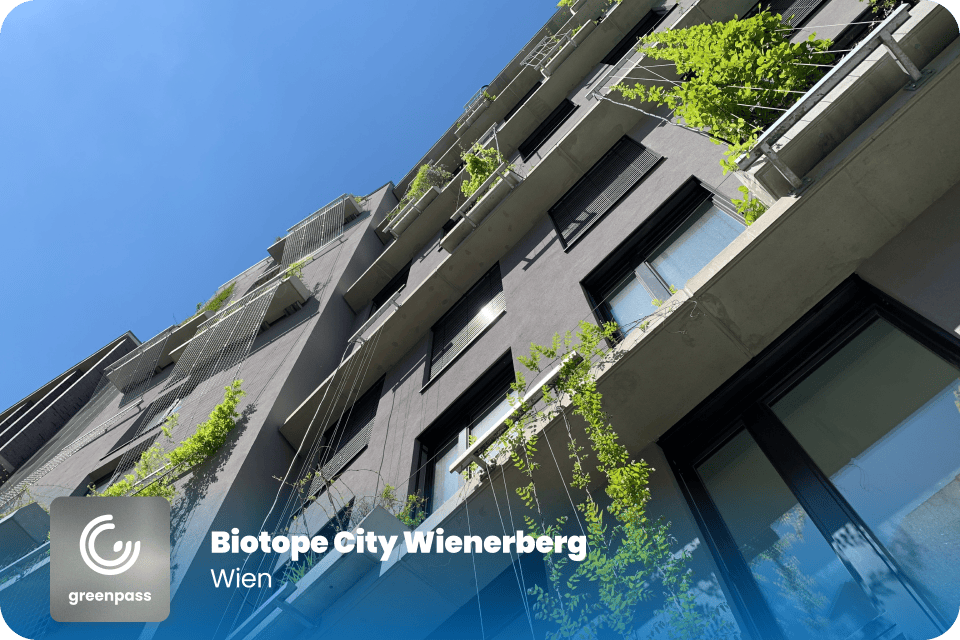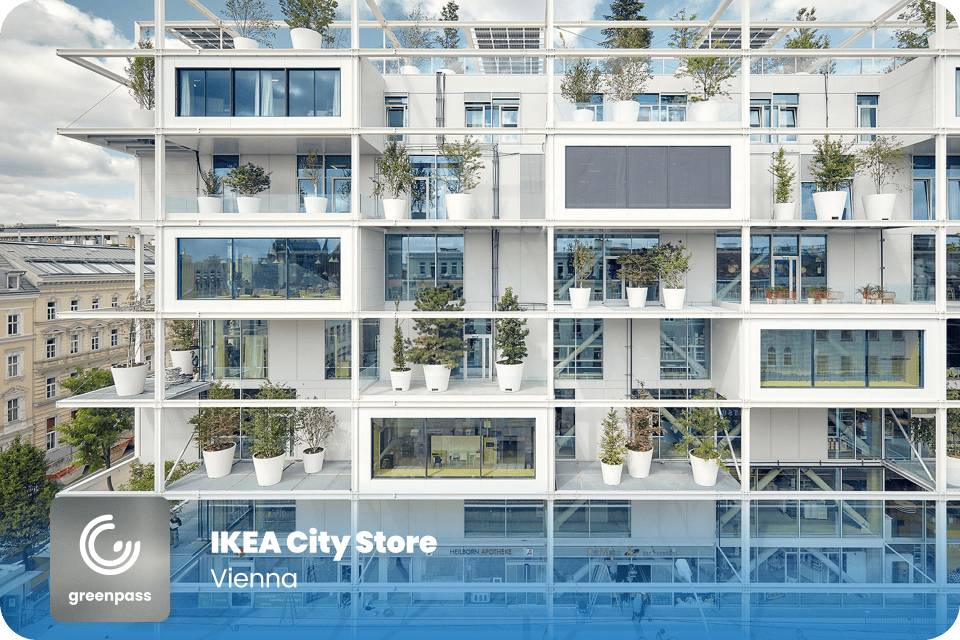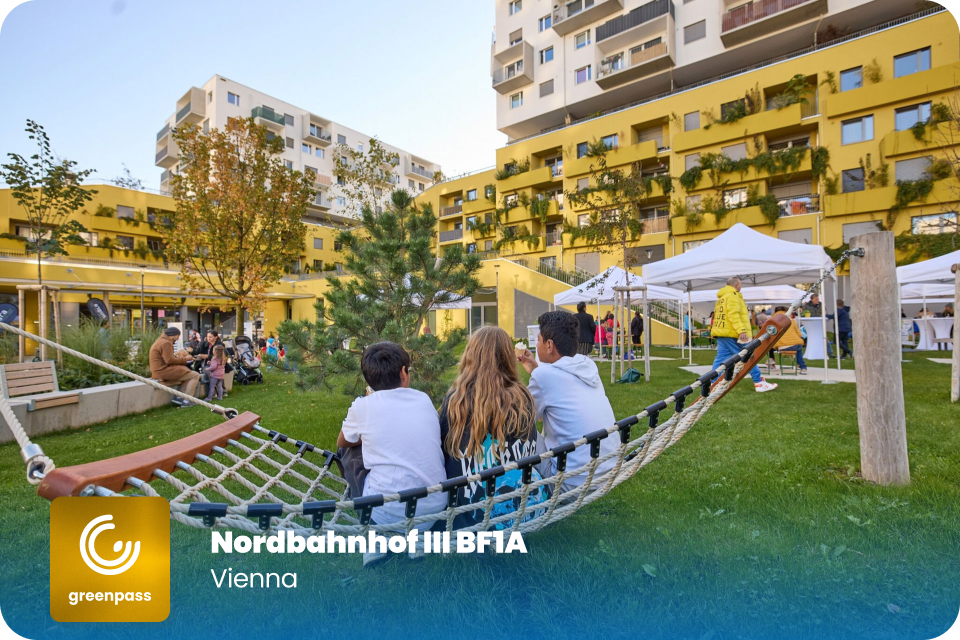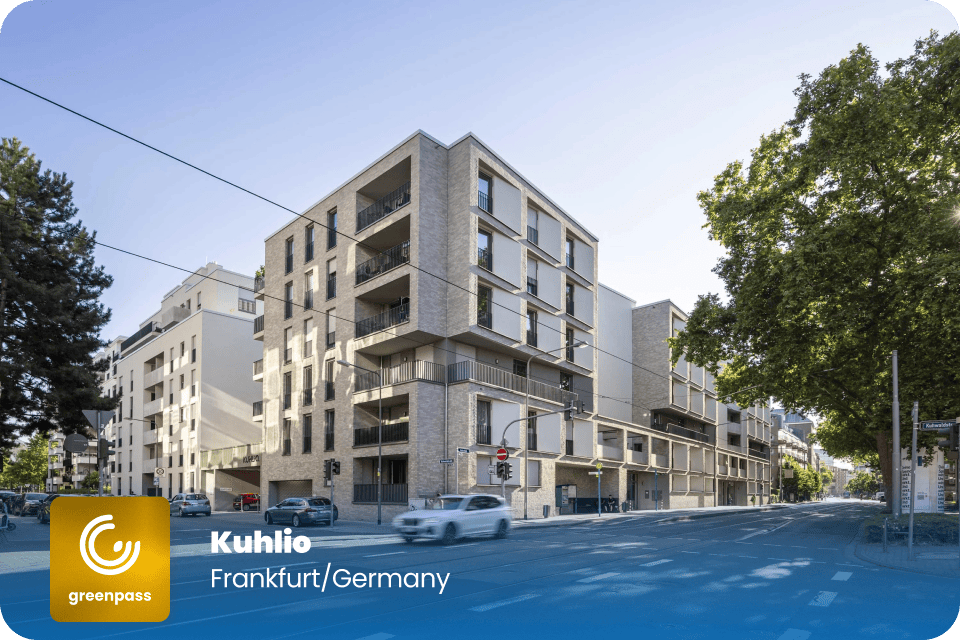
Learn more about the five most important and recognized certification systems for assessing the sustainability and climate resilience of real estate and open spaces.
View through the jungle
A) LEED
LEED (Leadership in Energy and Environmental Design) is a certification system from the USA and is considered one of the best-known and most widely used systems worldwide. Developed by the US Green Building Council (USGBC), it evaluates the sustainability of buildings in the areas of energy efficiency, water consumption, materials and resources, indoor environmental quality, and site selection. The assessment is based on a point system, and the certification classes are Platinum, Gold, Silver, and Certified.
Sustainable Land
Water Efficiency
Energy and Atmosphere
Materials and Resources
Indoor Environmental Quality
Innovation and Design Process
B) BREEAM
BREEAM (Building Research Establishment Environmental Assessment Method) is a UK certification system developed by the Building Research Establishment (BRE). It is recognized in over 70 countries and assesses the sustainability of buildings in the areas of energy, water, materials, waste, health and well-being, land use and ecology, and management. The assessment is also based on a scale of 0 to 100 percent, and the certificate classes are Outstanding, Excellent, Very Good, Good, and Pass.
Management
Health and Well-being
Energy
Transportation
Water
Materials
Waste
Land Use and Ecology
Environment
Innovation
C) DGNB
The DGNB(German Sustainable Building Council) is a German certification system developed by the German Sustainable Building Council. It assesses the sustainability of buildings in the areas of ecology, economy, sociocultural aspects, and functionality. The assessment is based on a degree of fulfillment of 0 to 100 percent, and the certificate classes are platinum, gold, silver, and bronze.
Ecology
Economics
Sociocultural and functional aspects
Technology
Processes
Location
D) ÖGNI
The ÖGNI(Austrian Sustainable Building Council) is an NGO dedicated to establishing sustainability in the construction and real estate industry in Austria. It certifies according to the DGNB system and assesses the sustainability of buildings and neighborhoods. Like the DGNB, the ÖGNI assessment is based on a degree of fulfillment of 0 to 100 percent, and the certificate classes are platinum, gold, silver, and bronze.
E) klimaaktiv
Klimaaktiv is an Austrian assessment system and declaration tool supported by the Federal Ministry for Climate Action, Environment, Energy, Mobility, Innovation and Technology. It evaluates the sustainability of buildings in the areas of climate change adaptation and location, energy and supply, resources and circular economy, and comfort and health.
B. Energy and Supply
C. Resources and Circular Economy
D. Comfort and Health
F) greenpass
- Climate (microclimate)
- Water (rainwater management)
- Air (CO₂ and wind)
- Biodiversity
- Energy
- Costs (green and blue infrastructure)
- Ecology
- Resources
- Social Issues
- Mobility
References
Green markets in retail
How BILLA is transforming its retail stores into climate-safe and green stores with the help of digital twins and the greenpass standard
Differences and synergies
For a holistic and investment-safe real estate, it is recommended to carry out both building and climate resilience certification in order to adequately cover all aspects of sustainability, including climate change adaptation and resilience, and to effectively and effectively utilize the synergies.
Conclusion
Similar posts
More relevant content on related topics for you

